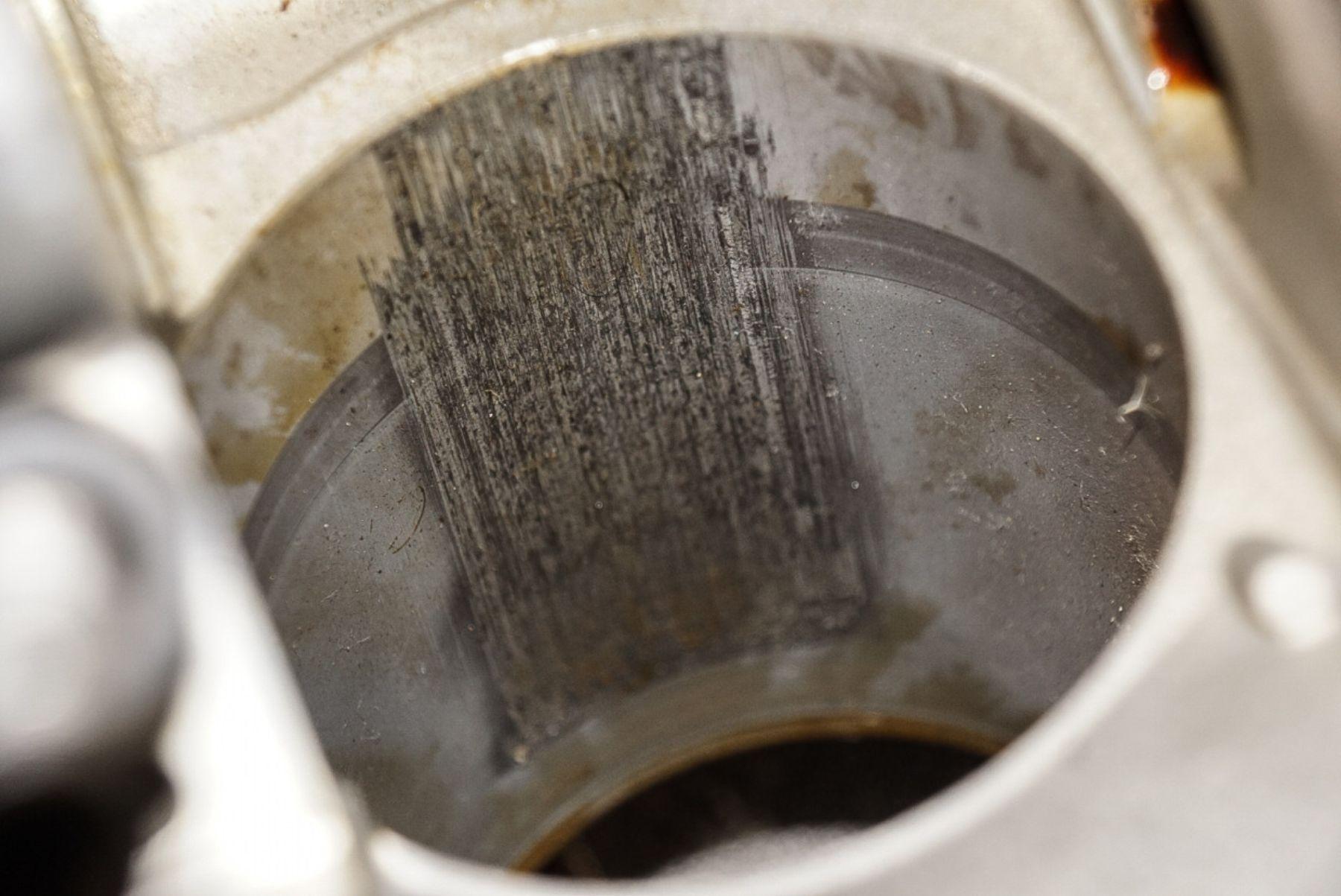
Critical driver errors leading to the replacement of the converter
Content
Drivers often make mistakes, for which they later have to pay dearly. This is usually done out of ignorance. The AvtoVzglyad portal reminds you of the main mistakes - those that are likely to “finish off” such an expensive unit as a neutralizer.
The catalyst - or converter - is used to clean the exhaust gases. The device is most effective only after it has warmed up. That is why engineers are increasingly placing it as close to the engine as possible. An example is the two-liter OM654 diesel engine familiar from the Mercedes-Benz E-class. He has two neutralizers. The first one is installed next to the exhaust manifold, and the additional one, with the ASC ammonia blocking catalyst, is in the exhaust tract. Alas, such solutions increase the cost of repairs, and if the machine is used improperly, the converter may need to be replaced already at 100 km. As a result, you must either change it to a new one, or be smart and put a "trick". So what causes the premature failure of such an expensive node?
Refueling with low-quality fuel
The desire to save on gasoline and refuel where it is cheaper can play a cruel joke on the car owner. The fact is that not very high-quality fuel burns incompletely in the engine, and gradually soot particles clog the catalyst cells. This leads either to overheating of the node, or vice versa - to its insufficient heating. As a result, the honeycomb is heavily clogged or burned, and the owner complains that the car loses traction. Like, it's like someone is holding the rear bumper.

Ignoring increased oil consumption
Often, drivers consider “oil burn” to be normal, adding a liter and a half of new lubricant to the engine every 3000–5000 km. As a result, oil particles enter the combustion chamber, and then are discharged along with the exhaust gases into the converter and gradually begin to destroy its ceramic honeycombs. This is a serious problem, as ceramic powder can get into the engine and cause cylinder scuffing.
Use of additives
Today, there are a lot of funds on the shelves, the manufacturers of which do not promise anything from their use. And reducing fuel consumption, and eliminating scuffing in the cylinders, and even increasing engine power. Be careful with the use of such chemicals.
Even if the drug really cleans the fuel system of contaminants, this dirt will not completely burn out in the combustion chamber and will fall into the converter. That will not add to its durability. With a clogged converter, fuel consumption will increase, the engine will barely spin up to 3000 rpm and the car will accelerate very sluggishly.
The conclusion is simple. It is much easier not to delay the timely maintenance of the car. Then there will be no need to buy miraculous additives.
Engine overheating
This is one of the reasons for the rapid failure of the converter. To minimize the risk of engine overheating, check the cooling system for leaks, clean the radiator, change the pump and thermostat. So the engine will last longer and the converter will not bother.
